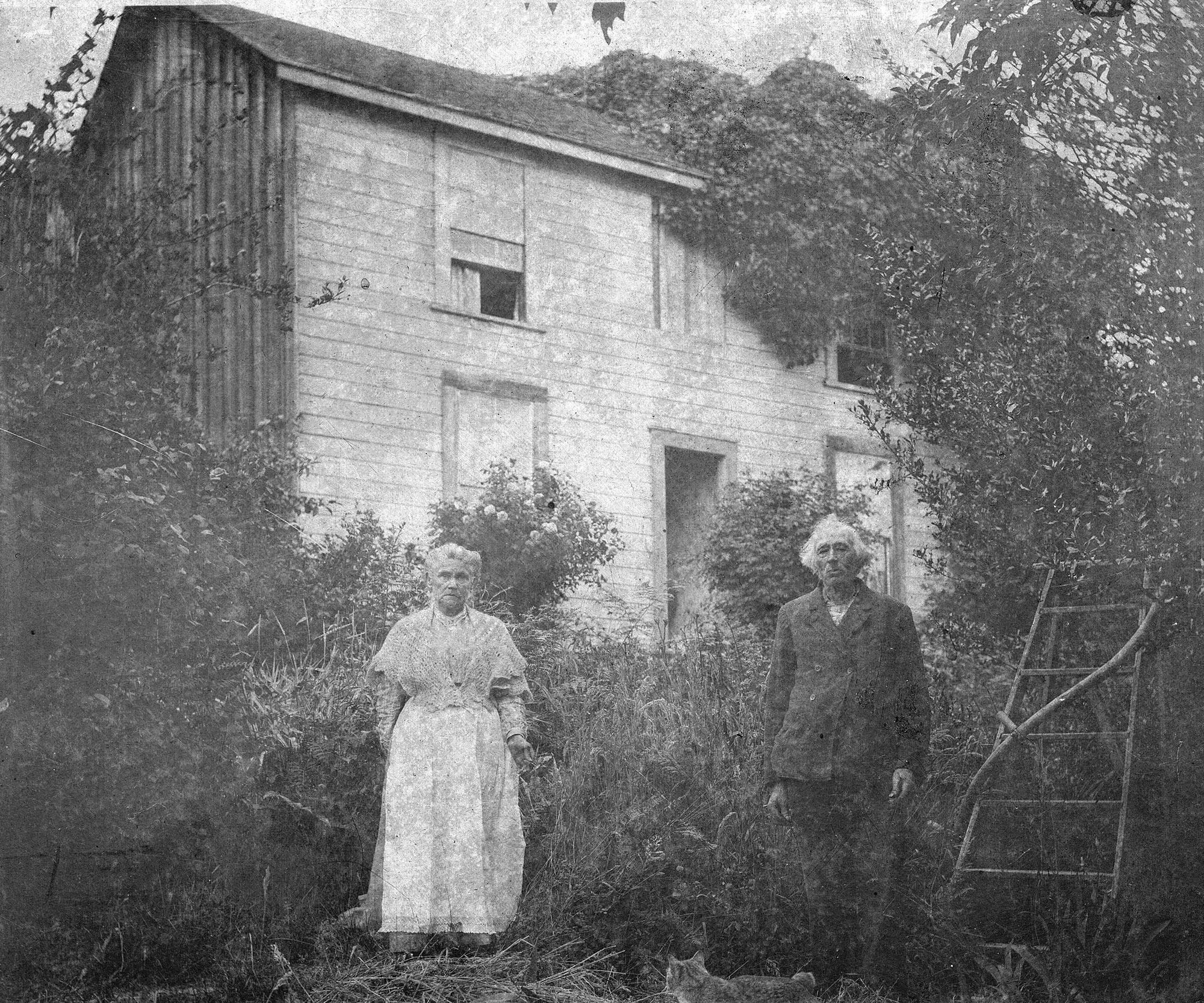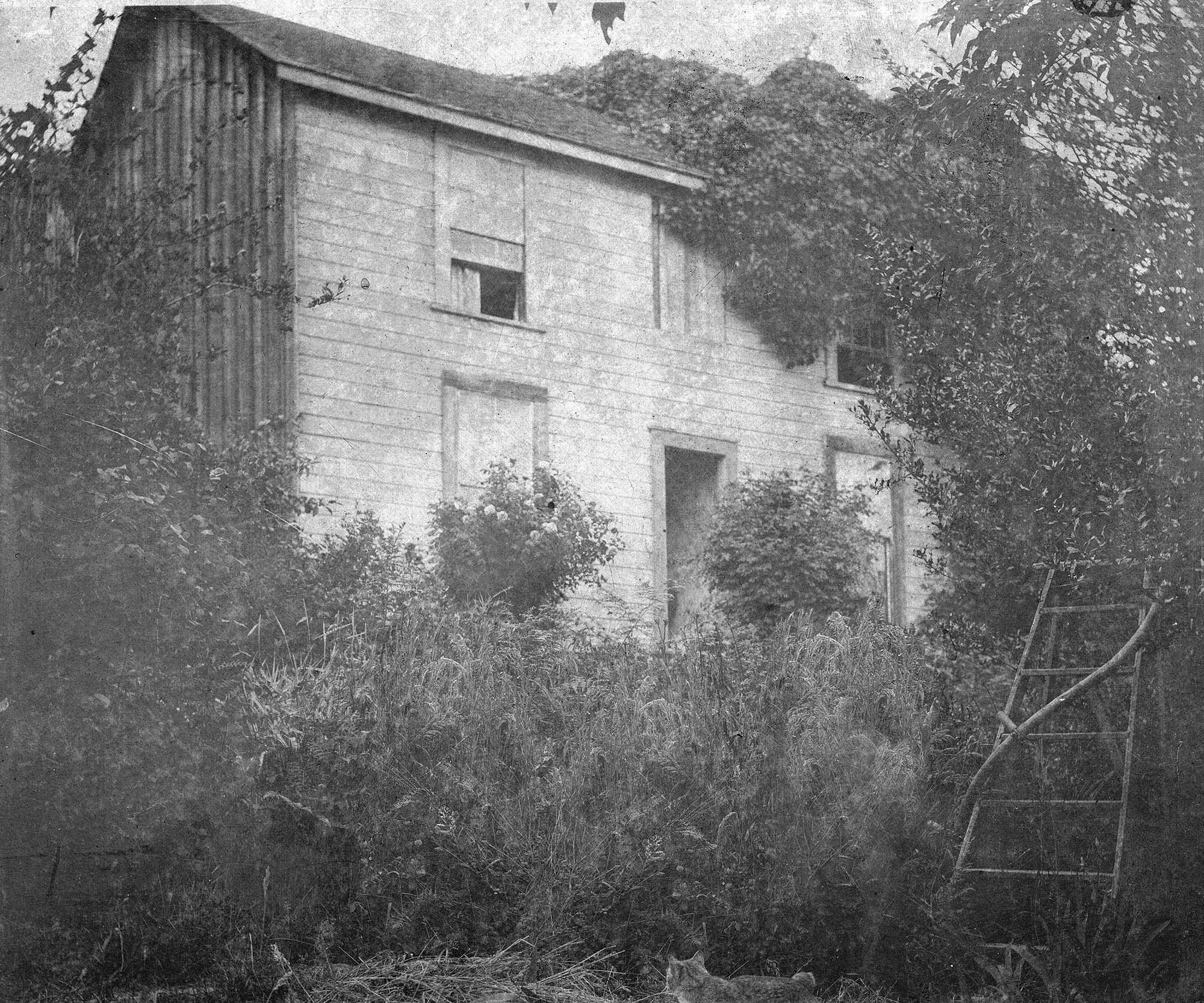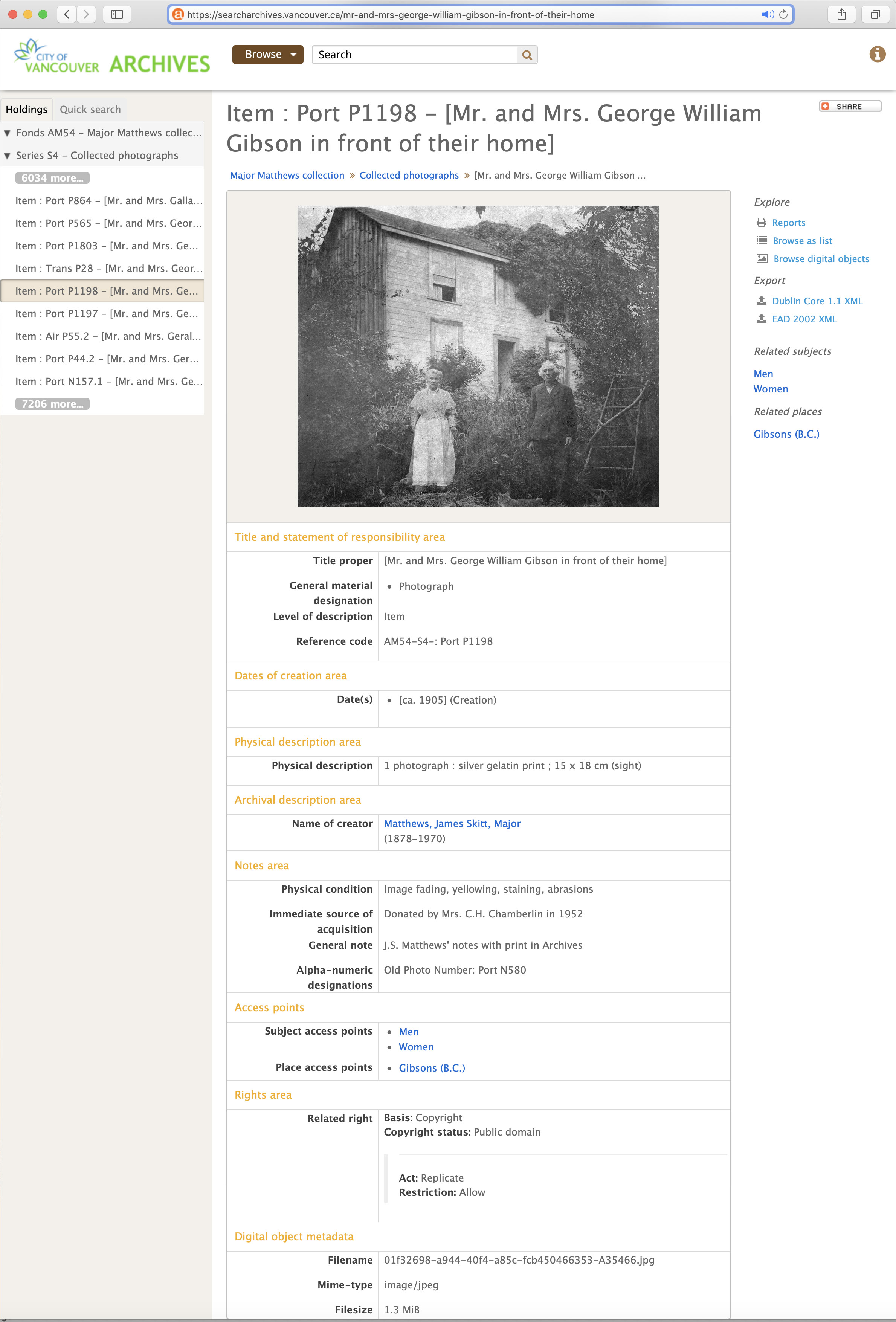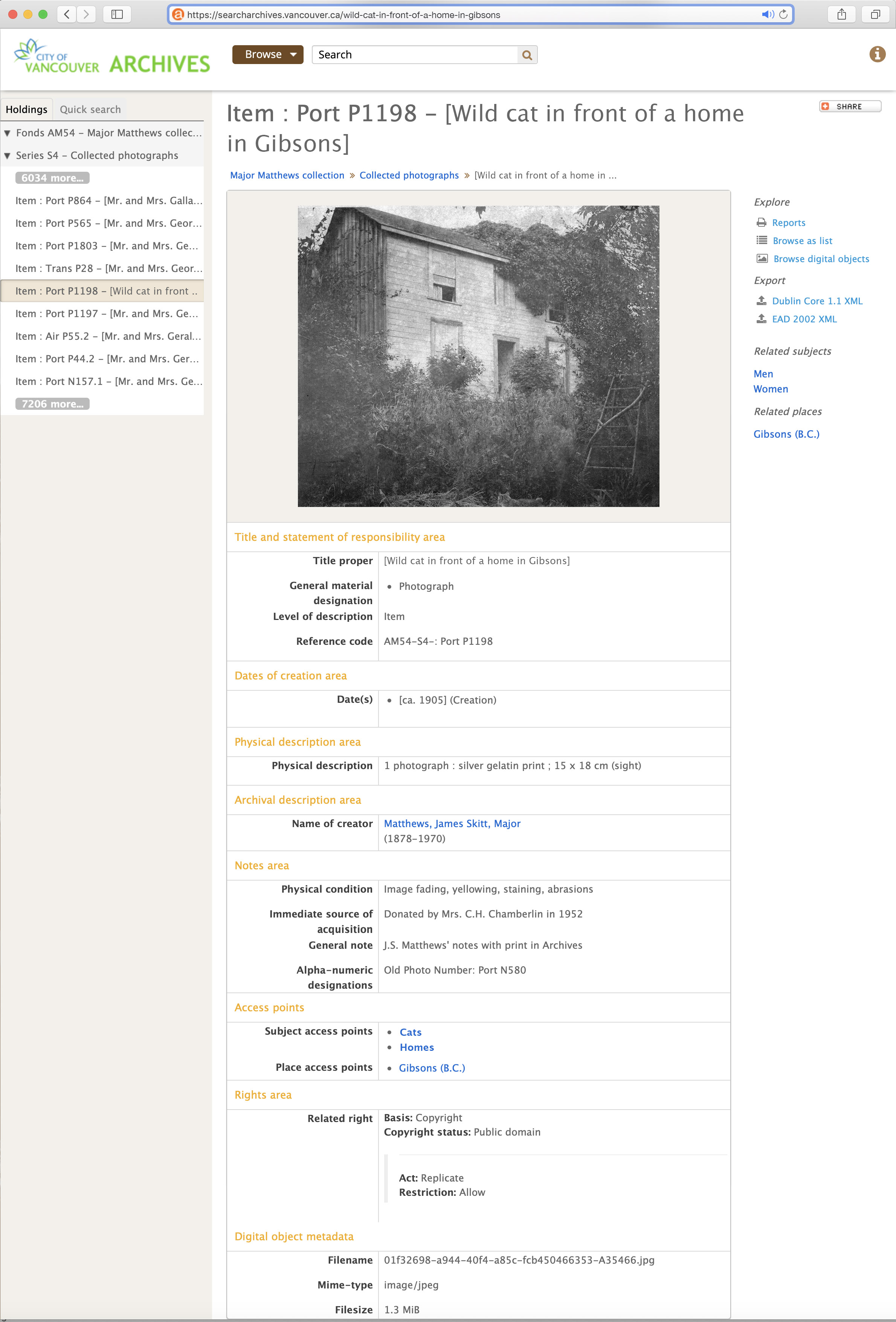A Museum 3.0 Exhibition Example
As I expressed in earlier posts, due to my new work being a revisiting of the museum cliche Cabinet of Curiosities, I have been reflecting on museums and collections. In turn, this got me thinking about “Museum 3.0” and the possibility of “decolonizing” such institutions.
At the end of the day, though I love ideas, I also endeavour to be practical. So, rather than lobbing vague criticisms from the sideline, waxing poetically (or not!) about some far fetched or unrealistic notions of what should be done, I thought I’d explore an example of “decolonizing” a photo for a Museum 3.0 exhibition.
The problem with photos
As Susan Sontag pointed out decades ago, all photos come with inherent complexity and contradiction. “All photographs are memento mori. To take a photograph is to participate in another person’s (or thing’s) mortality, vulnerability, mutability. Precisely by slicing out this moment and freezing it, all photographs testify to time’s relentless melt.” Also, the English language of photography points to the sense of it being an illicit activity – we “take” photos, as in we steal them. Curiously, we don’t use more appropriate language like “construct” or “frame” or “choose” in relation to photography. In this sense, “taken” photos of colonialists is the appropriate documentary means as the colonialists themselves took the lands they called their own.
“Mr and Mrs George William Gibson in front of their home”
I found this public domain photo in the Vancouver archives:

It depicts Mr and Mrs William George Gibson, circa 1905, the namesake “founders” of the small British Columbia seaside town I call home. Of course, these lands have been inhabited by indigenous people – Sḵwx̱wú7mesh Úxwumixw – for millennia prior to the Gibsons turning up, unannounced and uninvited in 1886. And that is the point – these are the real deal, the Gibsons are tried and true colonialists.
I am intrigued by this photo. I am curious about the-arms-by-their sides formality, the sense that Mister just downed the scythe and his Missus came out of the house, the unusual physical distance between them, complete with their oh so serious demeanours. At the very least, they seem reluctant to be having their photo taken. Is it an obligatory photo? Even the cat seems surprised to see them side by side where they are. There is little sense of resolve – as if they are almost passive to their plight.
I find the composition curious, as if the “wilds” are going to swallow them and their homestead home up. I like to think they are barely in control of the “wild” around them, even in their homestead. They simply can’t keep up.
I love the varying depths of focus and quality in the photo.
There is an uneasiness in this photo. Perhaps I am betraying my predilections, but is the uneasiness that the photo has “caught” the Gibsons in the act of “taking”?
I wonder what motivated the Gibsons to move to these lands. Considering they moved with their children and spent the rest of their lives on these shores, it is not likely they were chancers, coming to make a quick buck. Were they motivated by romance, a lifelong calling, embracing adventure? Did they stumble upon these shores, not able to believe their luck? Were they well meaning Christians, self justifying their belief they were doing their gods work? or were they running from something, reluctantly setting off on the seas, and later resigned to these lands as a purgatory of some kind?
“Decolonizing” photos
It occurs to me, that a starting point for “decolonizing” such a photo, is to first remove Mr and Mrs Gibsons. If the Gibsons didn’t turn up to found the town, the area’s history would have been quite different. This photo is one of many that has effectively immortalized their presence, elevating their importance in this community, a key building block in their heroic narrative. Such selective revisionism is of course a small gesture.
So I removed them, and rechristened the photo as “Wild cat in front of a home in Gibsons”:

Furthering the alternate history, I also went in and doctored a frame grab of the original archive listing. (Unfortunately, I am not a hacker, so I can’t actually change the listing….)


I feel like this is a decent beginning, such a gesture constructive to the decolonizing discourse. I would be curious to discuss this on-its-way-to-being-decolonized image with someone from the Sḵwx̱wú7mesh. I will reach out and see where this might take me.
Is it good enough to remove the colonialists? Should evidence of their decidedly foreign ways of life, their foreign technology – the ladder, the scythe and the house itself – also be extricated?
I think maybe I will do a second stage revision, where the tools and their house are in ruins, as if the homestead has been abandoned.